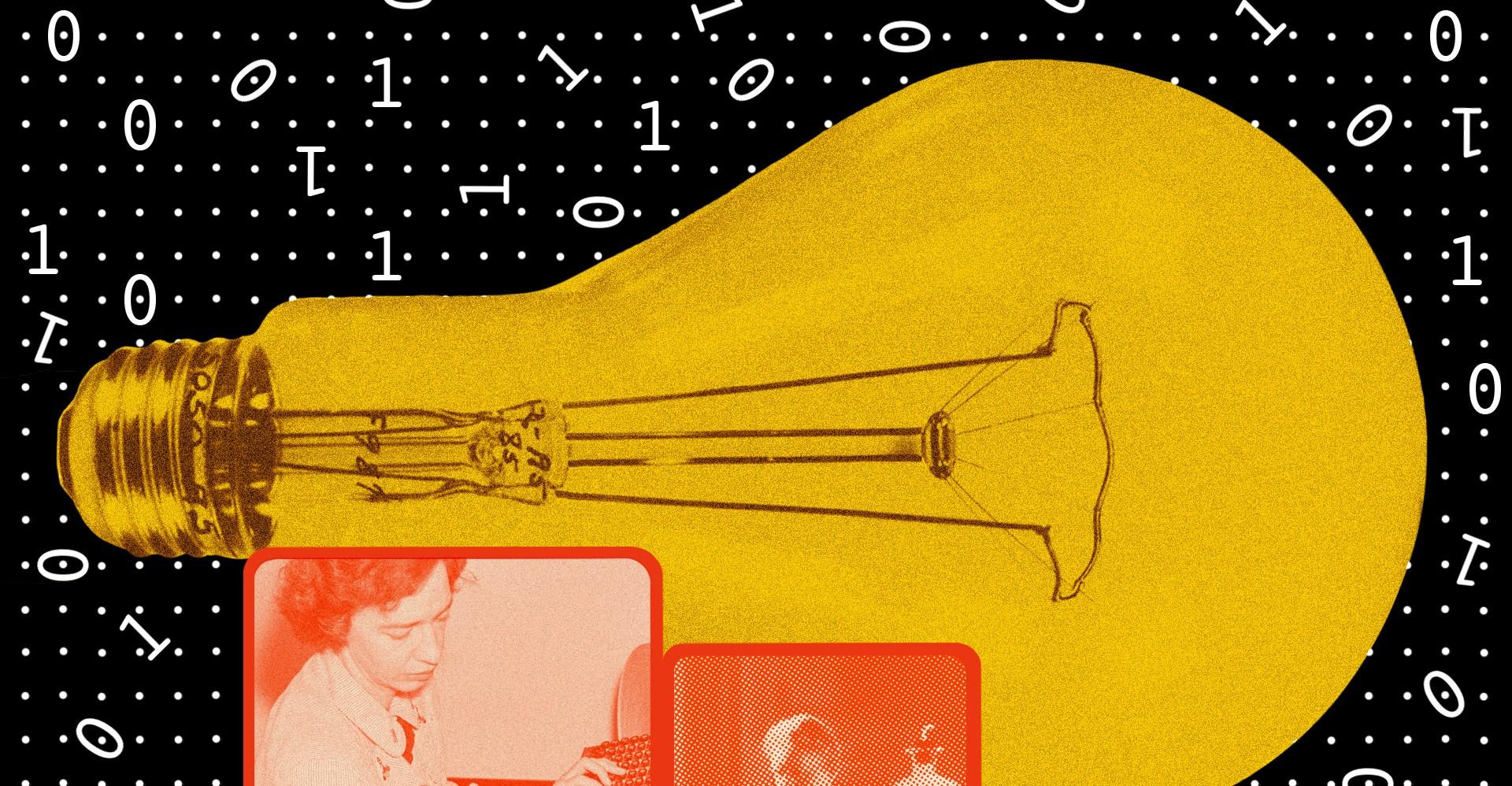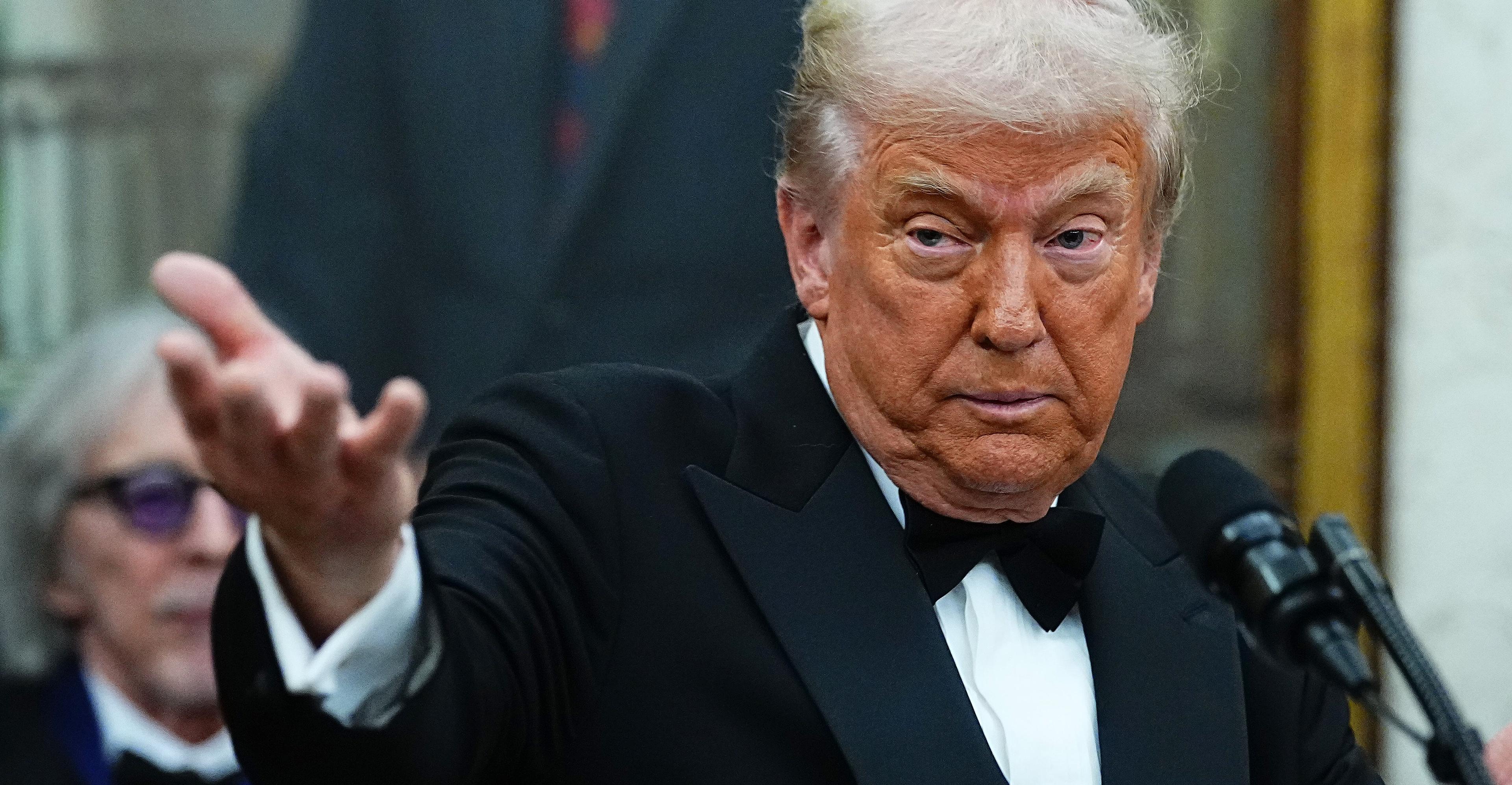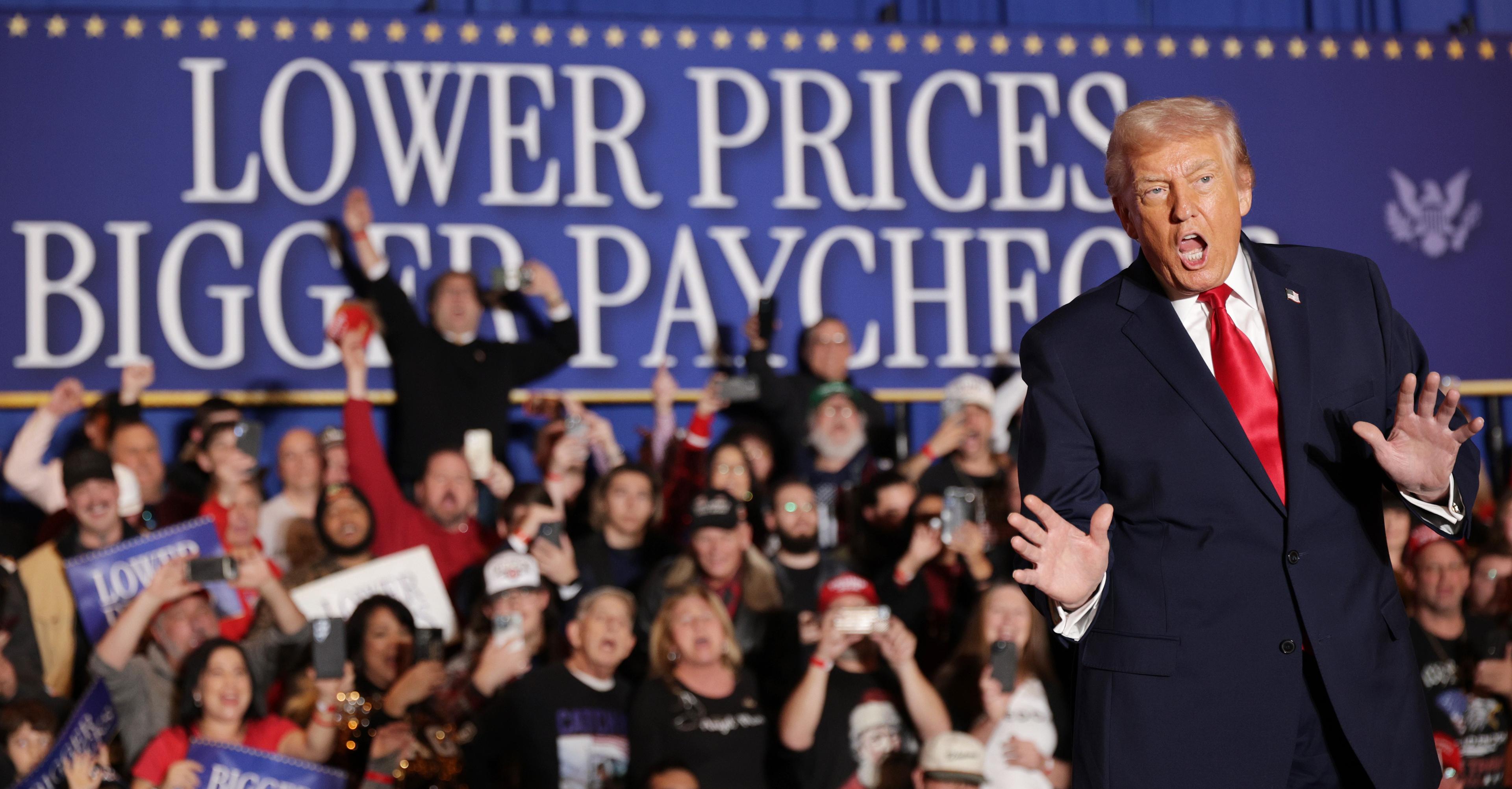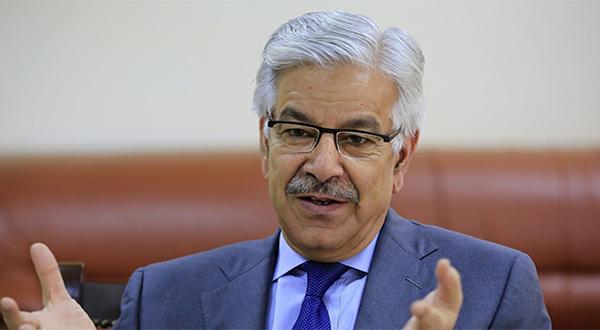On Wednesday, President Donald Trump got himself declared chair of the John F. Kennedy Center for the Performing Arts after purging the board of everyone appointed by President Joe Biden. In their stead, he appointed his own political allies, donors, and thei…

Published 10 months ago on Feb 16th 2025, 12:00 pm
By Web Desk

On Wednesday, President Donald Trump got himself declared chair of the John F. Kennedy Center for the Performing Arts after purging the board of everyone appointed by President Joe Biden. In their stead, he appointed his own political allies, donors, and their wives, including second lady Usha Vance and White House chief of staff Susie Wiles. He also appointed loyalist Ric Grenell as interim executive director. Other celebrities affiliated with the Center, including Shonda Rhimes (appointed by former President Barack Obama), have announced their resignation in the wake of Trump’s announcement.
Although generally not a hotbed for controversy, the Kennedy Center, as the US’s national cultural center, is an important tool for the country’s cultural soft power. During the height of the Cold War, the Kennedy Center hosted American and Russian ballet dancers performing together, a symbolic act that paid enormous diplomatic dividends. It’s run in public-private partnership, which means all presidents have the right to appoint members to the board of trustees.
Those members oversee the administration of the center’s federal funding and help choose each year’s Kennedy Center honorees, meaning that while they haven’t historically had a granular focus on individual programming, they do have the ability to help shape the direction the center is taking. Trump is the first sitting president to unilaterally fire board members appointed by the opposing party, much less to do so for the express purpose of installing himself as chair.
Yet this kind of move is characteristic of Trump, with his instinct for making moves that are technically legal but that other presidents would avoid out of a sense of shame or decorum — and the notoriously thin skin that makes him so vindictive to anyone who has ever insulted him.
Trump reportedly wants the center to move away from “woke” programming. He has openly expressed his disdain for the center having hosted drag shows in the past, a continuation of the violent anti-LGBTQ fearmongering that helped get him elected and which is now guiding his policy decisions. “Just last year, the Kennedy Center featured Drag Shows specifically targeting our youth — THIS WILL STOP,” wrote Trump on TruthSocial. (The Kennedy Center did indeed host a series of drag shows last year, although all of them were targeted at adult audiences.)
Trump’s desire to censor drag performances is threatening in and of itself, indicative of the right-wing desire to treat all queer art as pornography and queer people themselves as obscenities. Moreover, it’s only a small part of Trump’s larger attack on the arts. Last week, the National Endowment for the Arts announced that under Trump, it will be eliminating grants for underserved communities and prioritizing patriotic art in celebration of the nation’s 250th anniversary next year, effectively swapping untold stories for jingoistic nationalism.
All of that is concerning enough, but there’s another wrinkle that makes Trump’s hostile takeover of the Kennedy Center appear particularly petty. A largely forgotten aspect of Trump’s first term was that it came right on the heels of the Hamilton phenomenon, when the theater world was holding unusual levels of cultural power. Over the course of that first year of the Trump administration, the theaters of America were host to one showy disruption after another, all over the problem of Trump.
Before Trump even took office, shortly after the 2016 election, then Vice President-elect Mike Pence attended a showing of Hamilton. At the end of the show, the cast addressed Pence directly from the stage, calling on him to protect and defend “all of us,” including those “of different colors, creeds, and orientations,” and to “uphold our inalienable rights.” An outraged Trump called for a Hamilton boycott in response.
In June of 2017, the Public Theater’s Shakespeare in the Park staged Julius Caesar with Caesar as a Trump figure who gets assassinated. Trump’s favorite conspiracy theorist Laura Loomer attended one performance and rushed the stage mid-show to yell, “Stop the normalization of political violence against the right! This is unacceptable!”
Then there was a 1984 production that warned that Trump would usher in fascism, and featured a torture scene so gross audience members fainted and vomited.
Trump is a creature of 1980s Manhattan, when the latest Andrew Lloyd Webber show was perennially the hottest ticket in town. He appears to be a genuine fan of Lloyd Webber, whose glitzy, maximalist aesthetic must speak to Trump’s own gilded heart, but he is also a product of a moment when the elite power brokers of Manhattan one-upped each other by flexing their Broadway access. Trump has always appeared to long for inclusion in the wealthy, exclusive circles of cultural institutions, but at his moment of triumph, when he was finally president, they all denounced him.
Now, Trump has taken control of arguably the most important theater in the country — he gets to shape its legacy and taunt the industry that shunned him. Now, he has the power to exact his revenge.
Messi mania peaks in India’s pollution-hit capital
- 7 hours ago

How do you know if you’re wasting your life?
- 21 hours ago
Police recover gold from accused's husband in Dr Warda murder case
- 6 hours ago
Sindh govt announces release of film ‘Mera Layari’ in Jan 2026
- 7 hours ago
Seven khwarij killed, soldier martyred in DI Khan counter-insurgency operation: ISPR
- 10 hours ago

SBP slashes key policy rate to 10.5pc
- 10 hours ago
Week-long anti-polio campaign underway across country
- 10 hours ago
Australia plans tougher gun laws after police say father and son killed 15 at Bondi Beach
- 6 hours ago
Pakistan aims to become model in digital assets regulation: Bilal saqib
- a day ago
Govt slashes diesel price by Rs14 per litre
- 23 minutes ago
Australian PM declares Sydney shooting a ‘terrorist’ attack targeting Jews
- a day ago
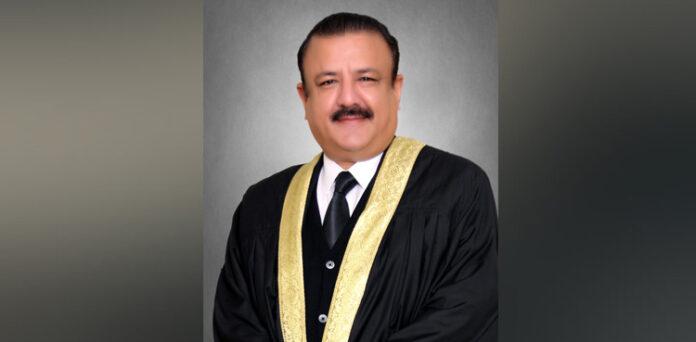
IHC summons Registrar Karachi University in Justice Jahangiri’s degree case
- 7 hours ago
You May Like
Trending

